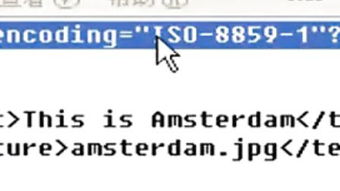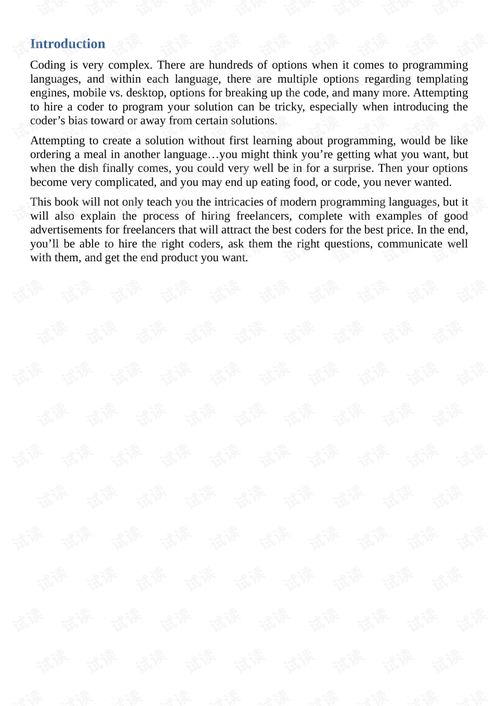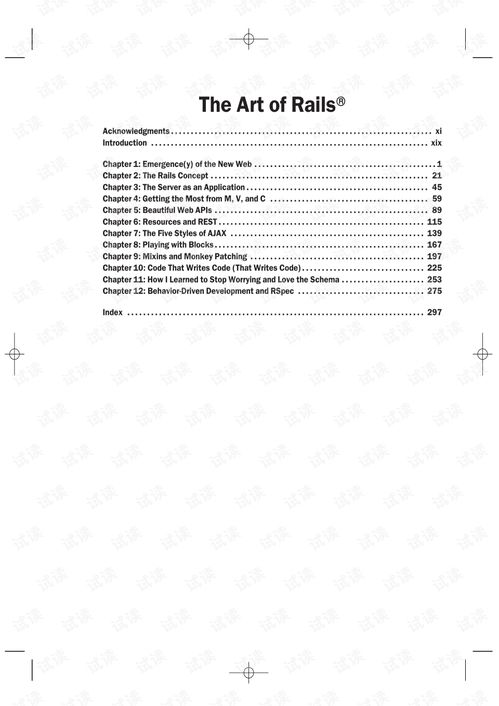The Art of Tuning Your Float: A Step-by-Step Guide to Perfecting Your Fishing Technique
Fishing, an ancient pastime that has stood the test of time, is not just about patience and luck; it's also a game of skill and precision. One of the most crucial aspects of fishing is mastering the art of tuning your float. A well-tuned float can make the difference between a successful catch and a day spent in vain. In this comprehensive guide, we will delve into the intricacies of how to tune your float, ensuring that you are equipped with the knowledge to become a proficient angler.
Understanding the Float
Before we dive into the tuning process, it's essential to understand the purpose and mechanics of a fishing float. A float, also known as a bobber, is a device that is attached to the line and used to indicate when a fish is biting. It works by rising or sinking in the water, signaling to the angler that a fish has taken the bait.
There are various types of floats available, each designed for different fishing conditions and species. The most common types include the sliding float, the fixed float, and the paternoster float. Each type has its own advantages and is suitable for different fishing scenarios.
Why is Tuning Your Float Important?
Tuning your float is crucial for several reasons:
- Accuracy: A well-tuned float allows you to present your bait at the exact depth where the fish are feeding, increasing your chances of a successful catch.
- Sensitivity: A properly tuned float is more sensitive to subtle movements in the water, allowing you to detect even the lightest of bites.
- Efficiency: With a well-tuned float, you can adjust your fishing technique more effectively, saving time and energy.
How to Tune Your Float: A Step-by-Step Guide
Now that we understand the importance of tuning your float, let's go through the step-by-step process of how to do it:
Choose the Right Float
The first step is to select the appropriate float for the conditions you're fishing in. Consider factors such as water clarity, depth, and the type of fish you're targeting.
Attach the Float to the Line
Attach the float to your main line using a strong knot, such as the improved clinch knot or the blood knot. Ensure that the float is securely attached and that there is enough line between the float and the hook to allow for accurate depth adjustments.
Determine the Depth
To determine the depth at which you want to fish, consider the habits of the fish you're targeting. For example, if you're fishing for trout, you may want to present your bait at a depth of a few feet. If you're targeting catfish, you might need to fish deeper.
Adjust the Weight
Attach a weight to the line just above the float. The weight should be sufficient to keep the float above the bottom but not so heavy that it pulls the float down to the bottom. Experiment with different weights until you find the right balance.
Set the Float
Adjust the float so that it is in the correct position relative to the weight. The float should be high enough to allow for easy detection of bites but not so high that it is prone to windage or being knocked over by waves.
Test the Float
Before casting, give the float a gentle tap to ensure that it moves smoothly. If it does not, you may need to adjust the position of the weight or the float itself.
Cast and Monitor

Once you've cast your line, keep a close eye on the float. If it moves, it could indicate a bite. Be patient and wait for a definitive signal before striking.
Advanced Tuning Techniques
For those looking to take their fishing to the next level, here are some advanced tuning techniques:
- Using a Float with a Sinker: For deeper fishing, you can use a float with a built-in sinker. Adjust the position of the sinker to achieve the desired depth.
- Using a Paternoster Rig: A paternoster rig is a great way to fish multiple baits at different depths. Adjust the position of each float to target different fish.
- Windage and Drift Adjustment: If you're fishing in windy conditions, adjust the float so that it is less prone to windage. You can also use a float with a built-in anti-windage device.
Conclusion
Tuning your float is an essential skill for any angler looking to improve their fishing experience. By following these steps and experimenting with different techniques, you'll be well on your way to becoming a more proficient and successful fisherman. Remember, the key to successful fishing is not just in the equipment but in the knowledge and skill to use it effectively. Happy fishing!












